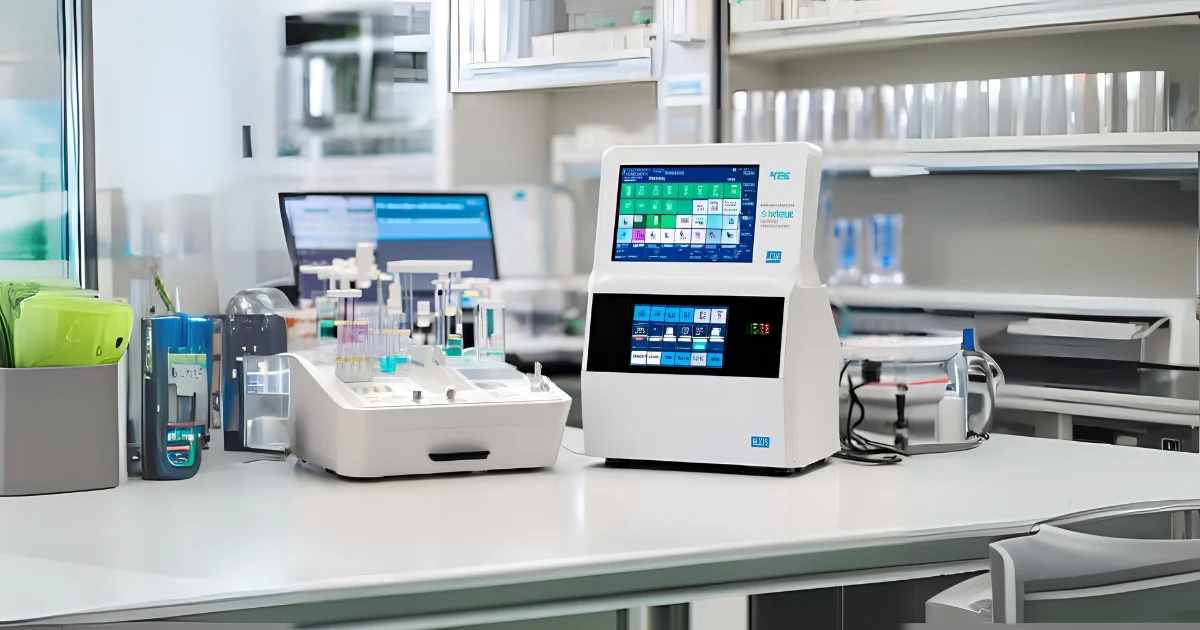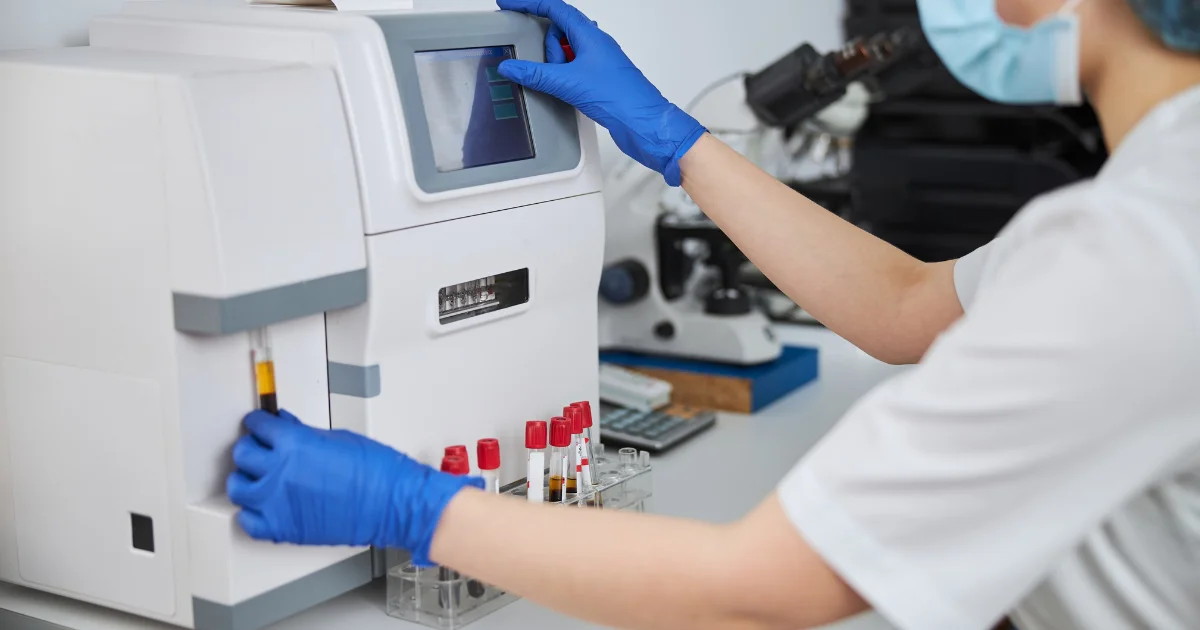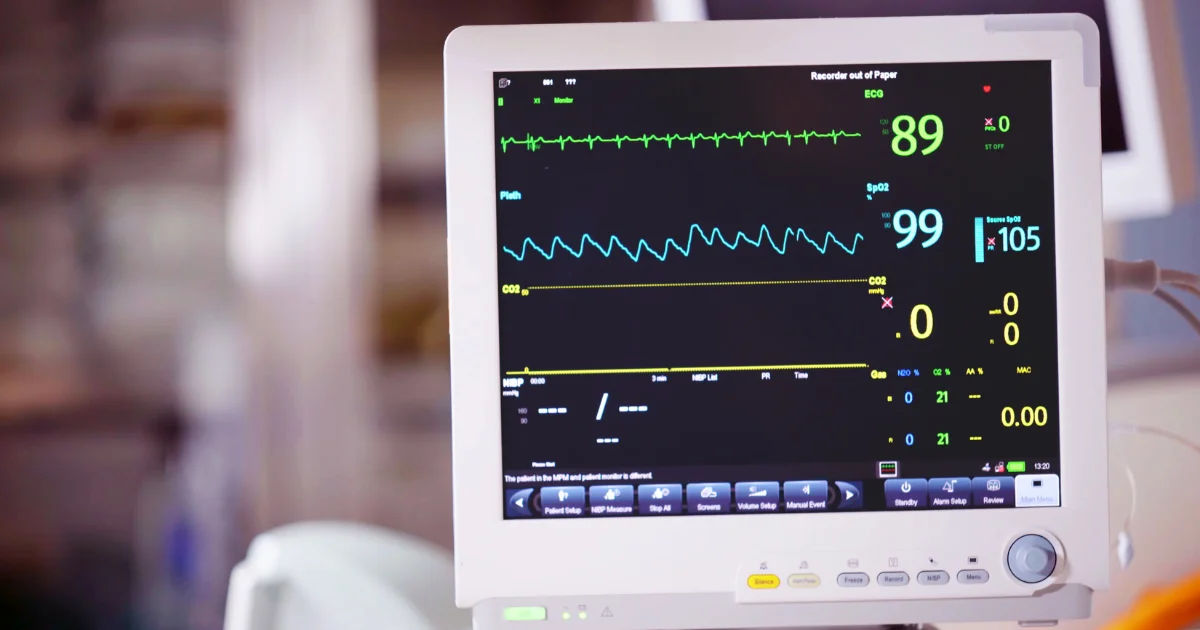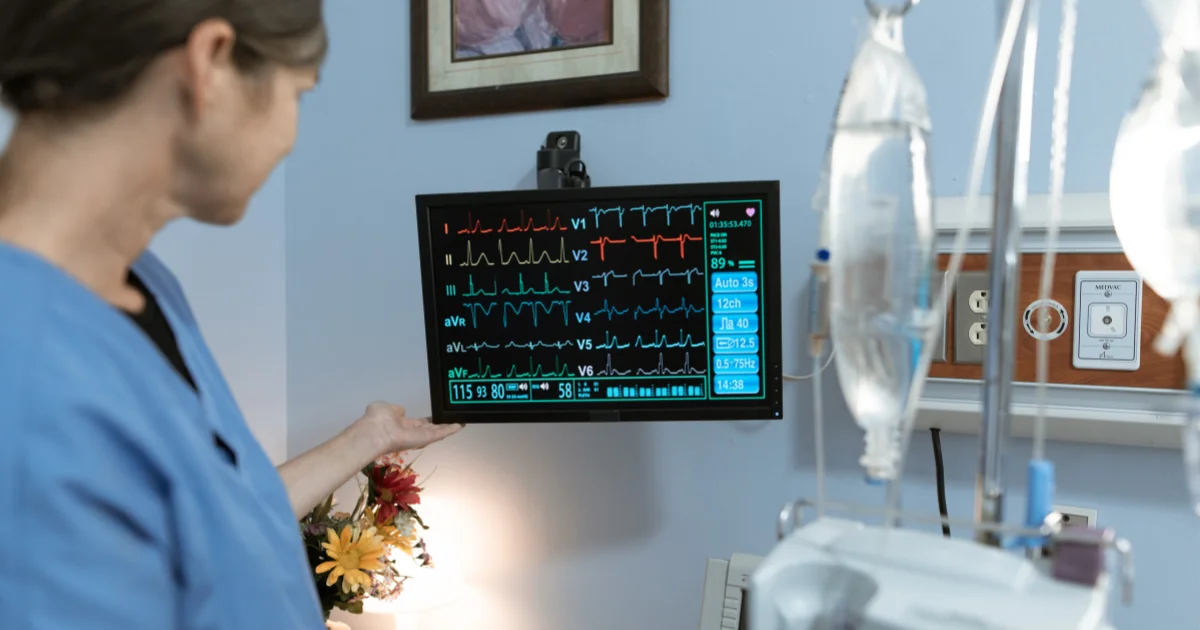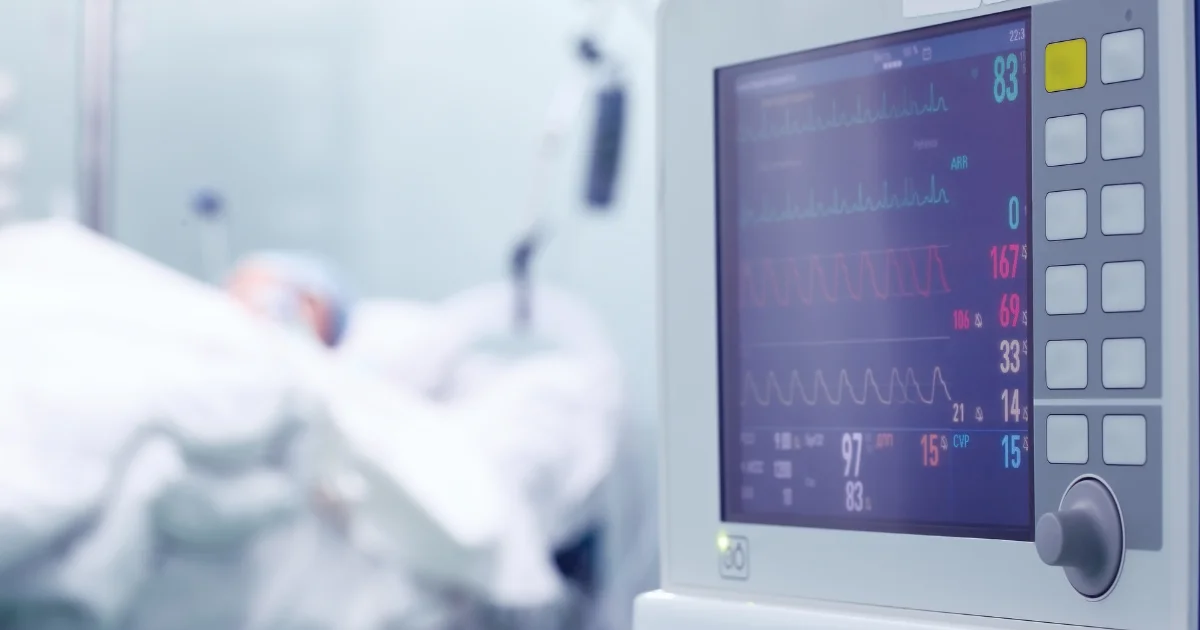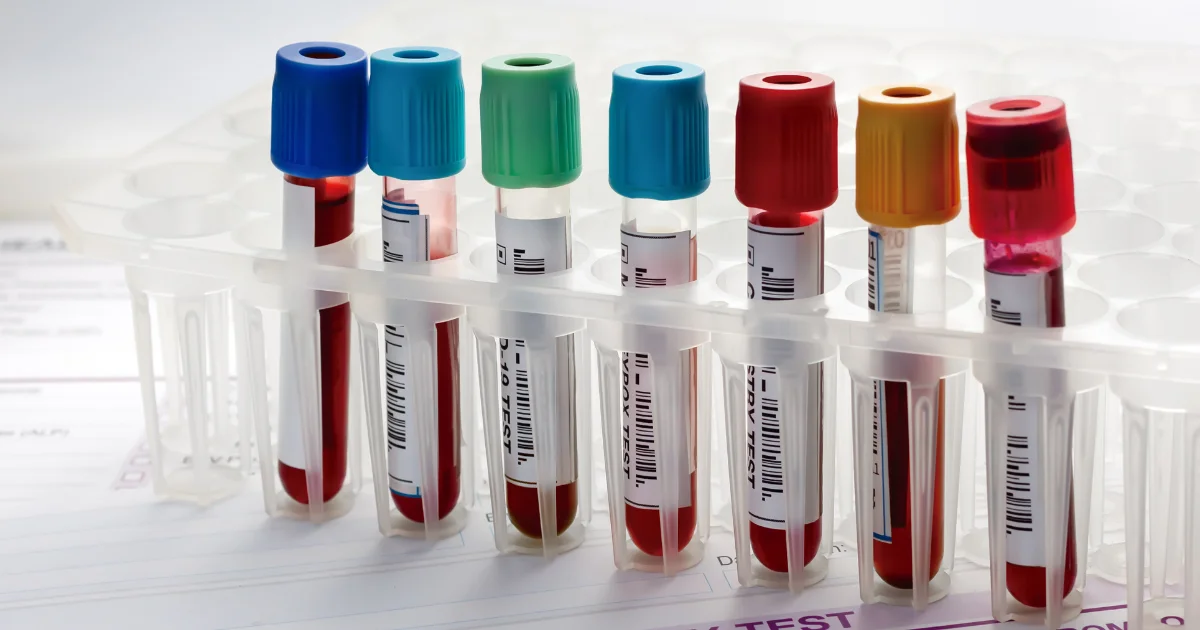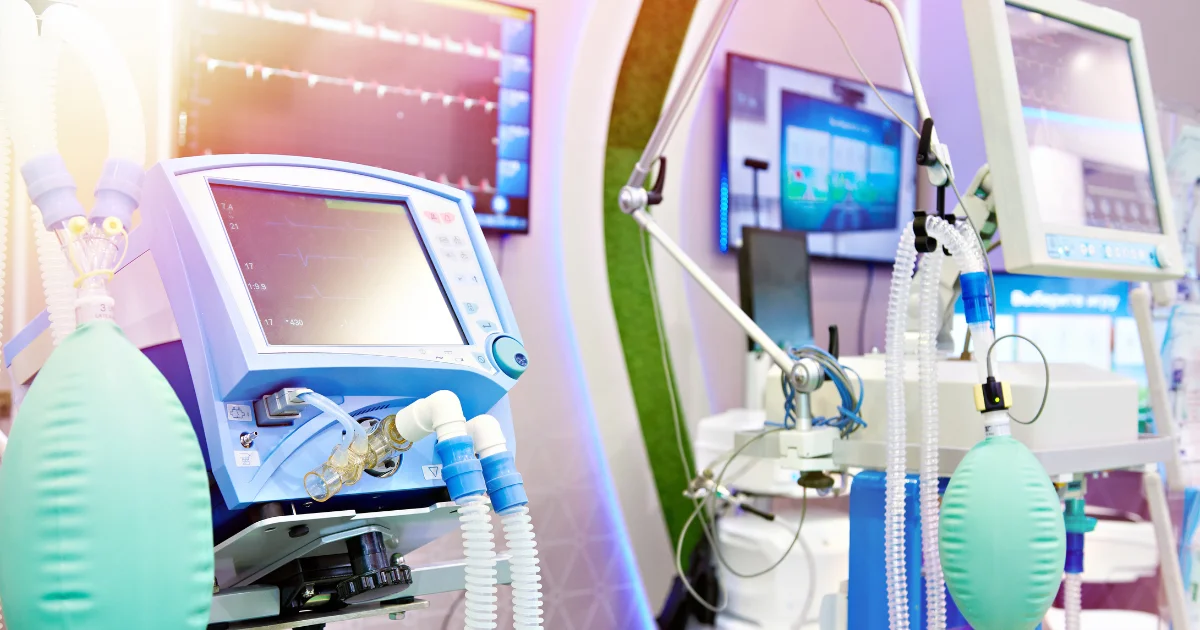Electrolyte Analyzers 101: The Ultimate Guide
Picture this: A patient rolls into the ER, dehydrated and disoriented. The doctor suspects an electrolyte imbalance—but guessing isn’t an option. Seconds matter. Accuracy is everything. That’s where electrolyte analyzers come in—the unsung heroes of critical care, delivering life-saving data faster than you can say "hyponatremia." What Are Electrolytes, and Why Should You Care? Electrolytes—sodium, potassium, calcium, chloride, and more—are the body’s tiny but mighty power players. They control everything from nerve impulses to muscle contractions, hydration, and even your heartbeat. Mess them up, and well… things go south fast. Why Accurate Testing is Non-Negotiable An electrolyte imbalance can mean the difference between a
Ultimate Comparison of Cell Counters: 6 Factors to Choose the Right Device
Cell counting is the backbone of countless scientific and clinical workflows—from basic research to critical diagnostics. Whether you're assessing cell viability in a biotech lab, monitoring a patient’s blood health, or optimizing culture conditions, accuracy is non-negotiable. Over the years, cell counting has evolved from tedious manual tallies under a microscope to high-speed, AI-assisted automated systems. But with so many options available, how do you know which method is right for your needs? This guide breaks down the comparison of cell counters between manual, automated, and hematology—covering how they work, their pros and cons, and where each one shines. By the end, you’ll know: How each counting method works (no jargon, we promise!) When
Cell Counter Maintenance 101: Keep Your Lab’s MVP Running Smoothly
Whether you’re counting blood cells for a critical hematology panel or tracking cell viability for groundbreaking research, this little machine works hard to deliver the precise numbers your science depends on. However, there’s a catch: It will betray you if neglected. This is why knowledge of cell counter maintenance is essential for every laboratory technologist. One day, it’s producing perfect counts. The next day, mysterious error codes, inconsistent results, or—worst-case scenario—complete silence (RIP, experiment timeline) without maintenance knowledge. The good news? Most cell counter disasters are preventable. With the right maintenance know-how, you can: Say goodbye to sketchy results (no more second-guessing your data). Extend
A Powerful Guide to Cell Counters: Unlock Accurate Counts
Ever had an experiment fail because your cell counts were off by just a little? Or worse—discovered too late that your "perfect" cell culture was actually undergrown, overgrown, or just plain wrong? Here’s the hard truth: In science, medicine, and biotech, bad cell counting can ruin everything. That’s where cell counters come in—your secret weapon for fast, accurate, and frustration-free cell counting. Whether you’re developing life-saving drugs, diagnosing diseases, or optimizing biomanufacturing, your results are only as good as your counts. And let’s be real—manual counting with a hemocytometer is like playing a high-stakes game of "Guess Who?" with your data. What Exactly
Equip the Right ECG Machine for Your Emergency Department: 2025 Life-Saving Guide
Imagine in your Emergency Department, a patient rolls in clutching their chest. Every second counts—is it a STEMI, an arrhythmia, or something else? What is the difference between rapid intervention and dangerous delay? The ECG machine at your fingertips. In the high-stakes world of emergency medicine, your ECG isn’t just another device—it’s the first responder’s crystal ball, revealing critical clues in the race against time. But not all ECG machines are created equal. This guide cuts through the noise to help you equip the right ECG machine that won’t let you down when every heartbeat matters. Ready to upgrade your ED’s electrocardiography
Patient Monitor Issues: 2025 Troubleshooting Guide
Picture this: It’s 3 AM, your patient’s monitor suddenly blares an alarm, and the screen flickers like a bad horror movie. Your heart races—is it a real crisis or just some patient monitor issues? In 2025, patient monitors are smarter than ever, but let’s be real—they still have moods. One minute they’re working flawlessly; the next, they’re throwing error codes like confetti. And in critical care, every second of downtime risks lives. That’s where this guide comes in. No jargon, no 50-page manuals—just straightforward fixes for the most common monitor meltdowns. Whether it’s a false alarm, a frozen screen, or a
Common Diagnostic Errors in Electrolyte Analysis: 2025 Solution Guide
Today, we'll talk about something critical but often overlooked—electrolyte analysis. You know, those tiny ions (sodium, potassium, calcium, etc.) that can make or break a patient’s health in the blink of an eye? Yeah, those. Getting electrolyte levels right isn’t just important—it’s life-or-death important. Misdiagnose hyponatremia? Bam—seizures. Overlook hyperkalemia? Boom—cardiac arrest. The scary part? Errors happen way more often than we’d like to admit. Whether it’s calibration drift, sample contamination, or just plain ol’ human error, mistakes in electrolyte testing can lead to delayed treatment, unnecessary interventions, or worse. But here’s the good news: the right electrolyte analyzer can be your superhero.
How to Choose the Right Patient Monitor for Your Hospital Ward
Let’s be honest — walking into the world of medical equipment can feel like stepping into a maze made of cables, screens, and endless specifications. Especially when it comes to patient monitors — the silent heroes that never take a break. These devices are literally the eyes and ears of modern healthcare, keeping constant watch over heartbeats, oxygen levels, and every subtle change that might spell the difference between recovery and emergency. But here’s the tricky part: with so many models, brands, and features out there, how do you choose the right patient monitor for your hospital, clinic, or ICU? One
How to Improve Lab Efficiency with a Hematology Analyzer (Without Losing Your Mind)
Let’s be real—running a lab isn’t all slick lab coats and flashy microscopes. It’s more like juggling a dozen test tubes while racing against time, keeping up with never-ending patient loads, and praying the equipment doesn’t crash again during peak hours. I’ve been there. And if there's one device that can make or break your workflow, it's the hematology analyzer. If used right, this little lab hero can turn chaos into calm, slash turnaround times, and make your lab team feel like superheroes (white coats instead of capes, but close enough). So, let me walk you through how to Improve Lab Efficiency
What to Consider Before Buying Refurbished Medical Equipment: 9 Key Factors
Purchasing refurbished medical equipment can be a cost-effective solution for hospitals, clinics, and healthcare startups looking to expand their facilities without breaking the budget. From diagnostic imaging systems to patient monitors and surgical tools, refurbished medical devices offer high-quality performance at a fraction of the price of new equipment. In this guide, we’ll explore the key factors to consider before investing in refurbished medical devices to help you make an informed decision. Why Buy Refurbished Medical Equipment?Understanding the Difference Between Used and Refurbished EquipmentKey Factors to Consider Before Buying Refurbished Medical EquipmentKnow When NOT to Buy Refurbished EquipmentConclusion: Making an Informed DecisionFAQs




